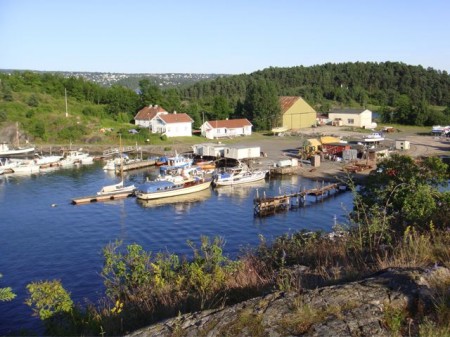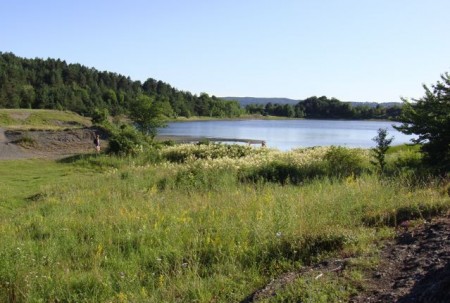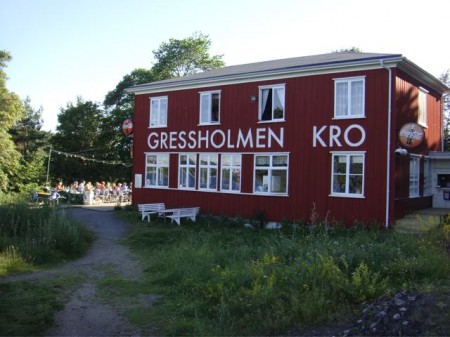EXCURSIONS: After a challenging summer in the City of Oslo, the island of Gressholmen in the fjord off Norway’s capital beckons as a haven of tranquility. It’s just a short ferry ride from downtown but a world away from congestion and city sorrows, also inviting as temperatures start to fall.

Ferries to the city-owned islands in the Oslo Fjord, which cost the same as a bus ticket, run all year from Vippetangen, just beyond the Akershus Fortress and Castle. They’re still operating on a fairly full summer schedule and after the short but scenic sail to Gressholmen, passengers alight on a mostly rural island with swimming spots, hiking trails, a bird sanctuary and no vehicular traffic but also with a local tavern serving up lunch and dinner through the end of August.

Gressholmen actually comprises three islands including Heggholmen and Rambergøya, connected over the years not least by an industrial history, the remnants of which can still be seen on the stroll over to Heggholmen. This is where Oslo’s first airport was located, after a German seaplane landed in the fjord on July 16, 1927 and tied up off Gressholmen.
That gave birth to Oslo flyvehavn, with Norway among the last of the European nations to embrace civilian air transport. As Oslo’s parks and recreation department (Friluftsetaten) notes in a recent booklet on the islands, new technology and urbanization were greeted with skepticism in Norway and a majority in Parliament had stated that “civilian scheduled traffic through the air hardly has any future.” Within 12 years of the first seaplane landing at Gressholmen, however, traffic had grown so much that Fornebu took over as Norway’s main airport from 1939 until 1998, when Gardermoen opened north of Oslo.

Today an original island airport hangar still stands between Gressholmen and Heggholmen, and both it and other facilities at the old seaplane port are now used by pleasure boat owners. It can be a busy yet peaceful boat harbour during the summer season, with some of the old homes that once housed pilots and airport personnel used as holiday homes.
Heggholmen also features a fashionable and historically important lighthouse, along with the remains of an industrial community that produced linseed oil and was operated by Oslo-based cleaning products-maker Lilleborg until 1960. Today many of the old wooden buildings have been restored and are also used as holiday homes.

Gressholmen’s most popular attraction may be its tavern, Gressholmen Kro, known as one of the oldest cafes in the inner Oslo Fjord, The current building dates from the 1930 and it’s normally open from Tuesday through Sunday, with the kitchen closing 40 minutes before the last ferry back to the city in the evening. If the weather is poor, though, it may close earlier, so it’s wise to call ahead if you plan to eat there: 22 11 57 20.
Many day-trippers to Gressholmen, however, pack their own food and drink and spend their time wandering the many paths around the island or planting themselves on any of the four spots along the coast designated for swimming and sunning.
It should be noted that the entire island, including Rambergøya and Heggholmen, is now a nature reserve with the bay between Gressholmen and Rambergøya set aside as a bird sanctuary. Information placards detail the flora and fauna found on the island, all of which are under state protection. It’s not allowed to pick anything, and there’s a ban on setting up tents or doing any grilling.
Otherwise Gressholmen is free to explore and enjoy as the island paradise it’s been since the city took over to make sure it remained open to public access.
See also: Island-hopping in the Oslo Fjord.
Views and News from Norway/Nina Berglund
Join our Readers’ Forum or comment below.
To support our news service, please click the “Donate” button now.

